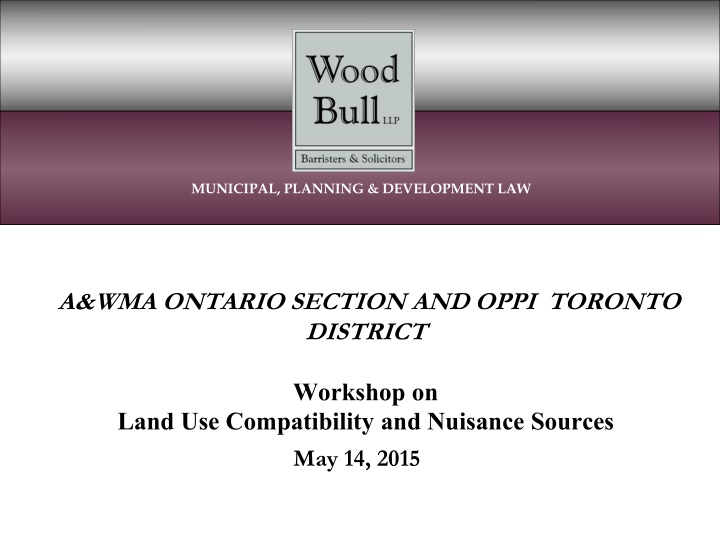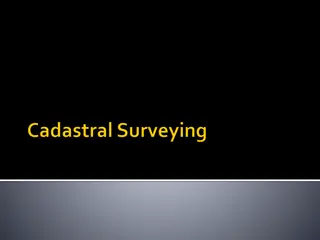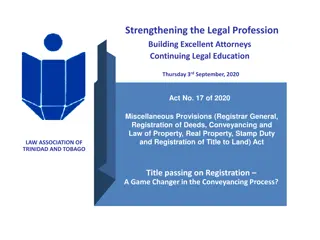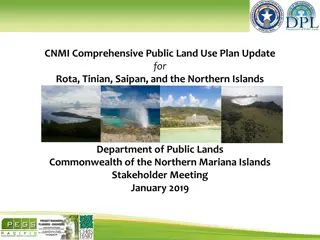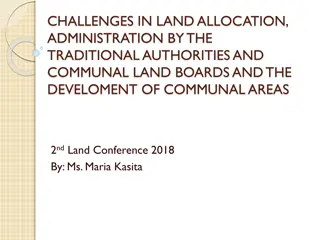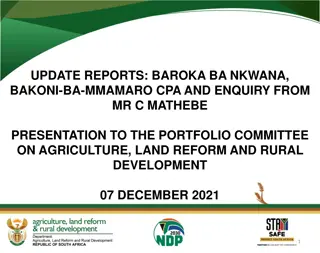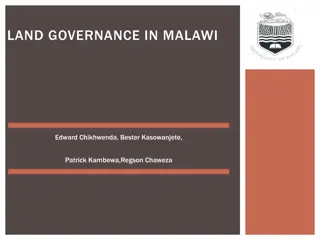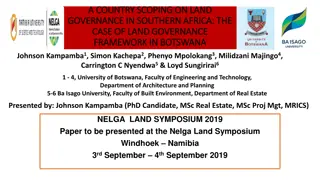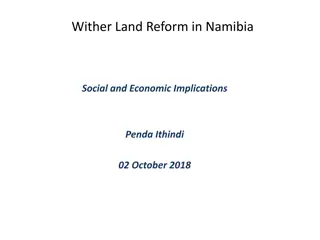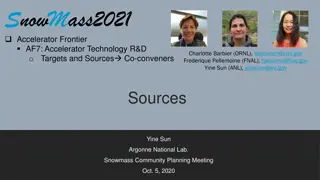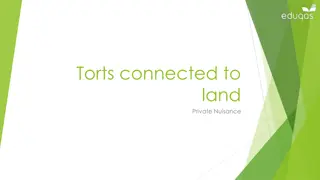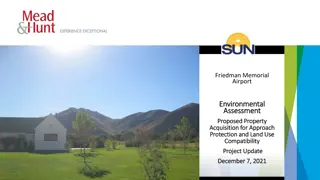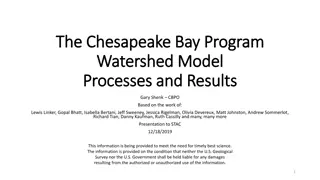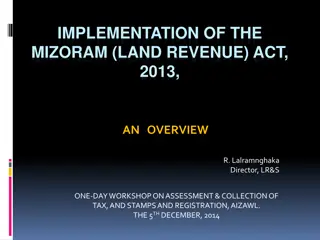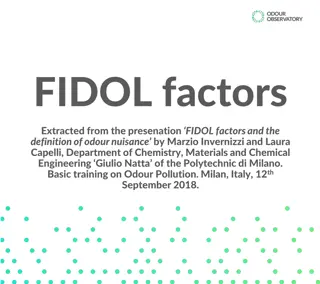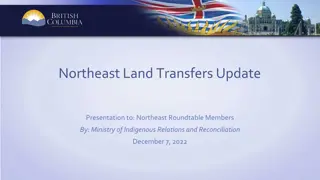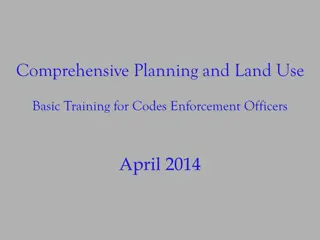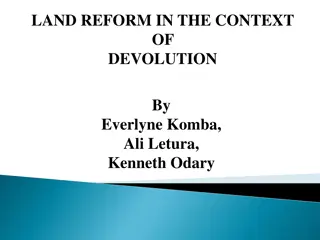Workshop on Land Use Compatibility and Nuisance Sources
This workshop covers topics such as legal tools for resolving land use conflicts, introduction of sensitive land uses, types of land use conflicts, avoiding conflicts, Class 4 areas, noise mitigation agreements, and other assurances in municipal planning and development law in Ontario.
Download Presentation

Please find below an Image/Link to download the presentation.
The content on the website is provided AS IS for your information and personal use only. It may not be sold, licensed, or shared on other websites without obtaining consent from the author.If you encounter any issues during the download, it is possible that the publisher has removed the file from their server.
You are allowed to download the files provided on this website for personal or commercial use, subject to the condition that they are used lawfully. All files are the property of their respective owners.
The content on the website is provided AS IS for your information and personal use only. It may not be sold, licensed, or shared on other websites without obtaining consent from the author.
E N D
Presentation Transcript
MUNICIPAL, PLANNING & DEVELOPMENT LAW A&WMA ONTARIO SECTION AND OPPI TORONTO DISTRICT Workshop on Land Use Compatibility and Nuisance Sources May 14, 2015
MUNICIPAL, PLANNING & DEVELOPMENT LAW Legal Tools for Resolving Land Use Conflicts Presented by Peter Gross
Presentation Outline Introduction of Sensitive Land Uses Noise Mitigation Agreements Other Assurances Defending Nuisance Claims Noise By-law Amendments
Introduction of Sensitive Land Uses Must know potential impact before approval is granted Industry must immediately comply Need for technical studies early in planning process Industry that cannot comply must modify processes, close or relocate Manufacturing requires flexibility in global marketplace
Types of Land Use Conflicts Noise Odour Dust Air Quality Traffic
Avoiding Conflicts Do not permit sensitive use Permit sensitive use and require developer to pay for at source mitigation Permit sensitive use subject to Class 4 designation by approval authority
Class 4 Areas Higher sound level limits Discretionary classification by land use authority Only for areas or sites without existing sensitive uses Permits receptor-based on-building mitigation Noise mitigation agreements
Noise Mitigation Agreements Required design elements Limitation on height Grade of sensitive use Requirement for warning clauses Review and approval of plans Post-construction acoustic audit prior to occupancy Security for on-going maintenance
Other Assurances Holding provisions in zoning by-law Official plan policies requiring compatibility with existing industry Restrictive covenants
Nuisance Claims Industrial and Mining Lands Compensation Agreement Industry compensates sensitive use by not opposing planning approval Sensitive use in return agrees that the agreement provides a full answer to any future claim for damages or injunction due to noise, dust, air emissions Registered on title
Noise By-law Prohibition on noise that is unreasonable or likely to disturb Noise that is clearly audible at a point of reception is deemed to be unreasonable or likely to disturb Noise By-law Amendment Notwithstanding the prohibition above, noise from an activity carried out in compliance with an Environmental Compliance Approval is deemed to comply with this by-law
MUNICIPAL, PLANNING & DEVELOPMENT LAW 65 Queen Street West, Suite 1400 Toronto, Ontario, M5H 2M5 Tel: 416-203-7160 Fax: 416-203-8324 Web: www.woodbull.ca
